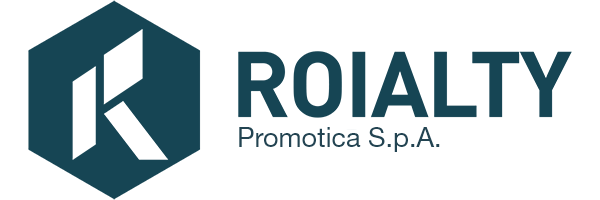Digital marketing is evolving, and marketers have access to new opportunities of value creation in this ecosystem. In fact, innovative tools can reveal more information beyond like and shared comments. Social Intelligence and Customer Segmentation help the brand to not only monitor their web reputation but also to know the community that is active around the brand. The next step is profiling the audience according to their interests, passions and needs, in a privacy-safe way.
So, get ready to overcome the resigned objection: “we won’t sell more thanks to the likes we get”.
Social Intelligence
Social Intelligence platforms are a monitoring system for everything shared in the digital ecosystem. While it’s certain these platforms are great tools for discovering dynamics on social networks, it doesn’t end there: this listening system incorporates all the digital narrative such as blogs, forums, web communities, and groups.
Social Intelligence is very important for monitoring web reputation but also in defining the sentiment and in understanding how the brand is perceived by your audience. Thanks to the Social Intelligence platform, it is possible to discover the needs of your audience by using the semantic tracking of topics, conversations and other types of interactions.
The adoption of this platform enables several strategies such as:
- Measure brand social network metrics (reach, engagement, interactions).
- Mark hashtags or keywords for specific topics (event, contest, issue).
- Create an alert system to monitor an important event or relevant topics throughout the entire digital ecosystem.
- Create a more accessible and responsive customer care system (tweet, mention, UGC)
- Identify new consumer needs emerging from your customer activities in the digital narrative ecosystem.
Social Intelligence platforms monitor conversations about the brand. In other words, it gives us clear and structured insights about the information running in the brand’s network.
Today it is also possible to analyze the nodes through which different clusters of information flows, i.e. customers and followers of a brand. For each of these, it is possible to identify which information/medium she is more interested in, which topic she is more likely to divulgate to other nodes and which nodes she prefers to interact with. Once you have this data, you can create valid clusters and customer personas thanks to the customer Segmentation Tools.
Customer Segmentation
Customer Segmentation platforms profile people according to public data such as voluntarily disclosed demographic information (gender, age, country) and the interactions of online users with the digital narrative environment, suggesting their passions and interests.
Therefore, these tools are useful for understanding:
- Brand preferences, competitors, and market benchmarks.
- Consumer behavior: What are their preferred restaurants and shops. What are the consumer’s interests?
- Activity preferences: Hobbies (music, sports, travel, food)
- Preference of sports teams, or tv programs.
One of the most effective platforms employed to profile users is Roialty, which offers an innovative solution useful in social customer segmentation.
On the basis of the data leveraged by Social Intelligence and Customer Segmentation, marketers will be able to create effective, ad-hoc marketing strategies for sharply defined clusters of prospects or customers – and we all know that the better the fit between the target and the marketing campaign, the higher the return on investment (ROI).
Lesson learned: knowing your audience is the right first step to approaching it.
Do you want to know how ROIALTY can help with customer segmentation? Don’t hesitate and ask us right now.


Share your thoughts
You must be logged in to post a comment.